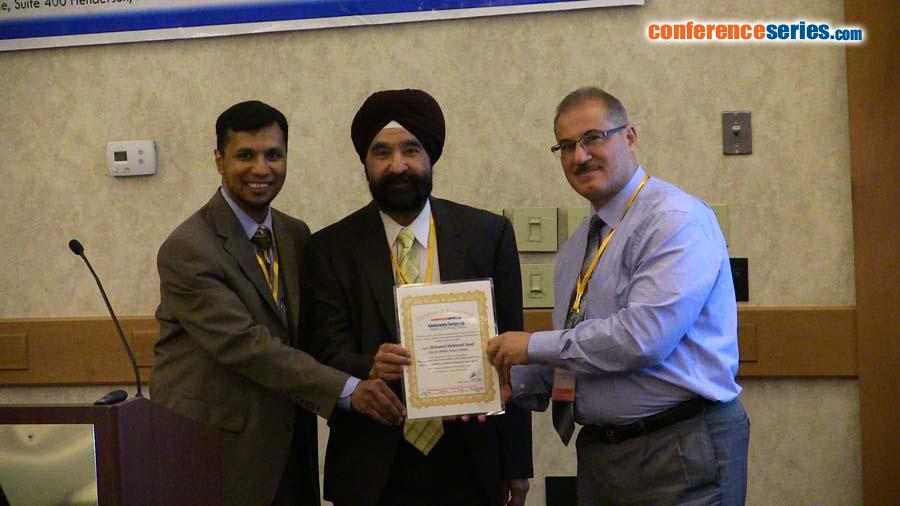
Mohamed Mahmoud Nasef
Universiti Teknologi Malaysia, Kuala Lumpur, Malaysia
Title: Selective Removal of Boron from Solutions Using Radiation Grafted Microfibrous and Nanofibrious Adsorbents Containing Glucamine Ligands
Biography
Biography: Mohamed Mahmoud Nasef
Abstract
The interest in developing new chelating adsorbents for removal of boron from different water streams is receiving an increase attention to overcome the shortcomings associated with the existing boron removal technologies such as slow performance and high cost of treatment required to meet the standards in water bodies and discharged wastewater. In this work, two types of adsorbents having microfibrous and nanofibrous structures were prepared by radiation induced grafting of glycidyl methacrylate (GMA) onto polypropylene/polyethylene (PP/PE) nonwoven sheet and electrospun poly(vinylidene fluoride) (PVDF) sheet followed by functionalization with N-methyl-D-glucamine (NMDG). The content of poly-GMA grafted in both substrates was controlled by variation of grafting conditions. The density of NMDG was also tuned by optimization of reaction parameters. The variation taking place in the starting substrate by grafting of GMA and subsequent functionalization were monitored by Fourier-transform infrared (FT-IR) spectroscopy and scanning electron microscopy (SEM) respectively. The thermal properties were determined using differential scanning calorimetry (DSC) and the thermal stability was evaluated by thermogravimetric analysis (TGA). Both fibrous adsorbents displayed an increase in the average fiber diameter by incorporation of poly-GMA and introduction of NGMA ligands. The nanofibrous adsorbent displayed about 3 folds higher boron adsorption capacity (42.30 mg/g) than that of microfibrous adsorbent (12.8 mg/g) at the same reaction conditions. Moreover, the nanofibrous adsorbent showed higher efficiency and faster kinetics for boron removal from solutions than microfibers adsorbent. The results of this study suggest that the nanofibrous adsorbent is more effective in boron selective removal from solutions.





